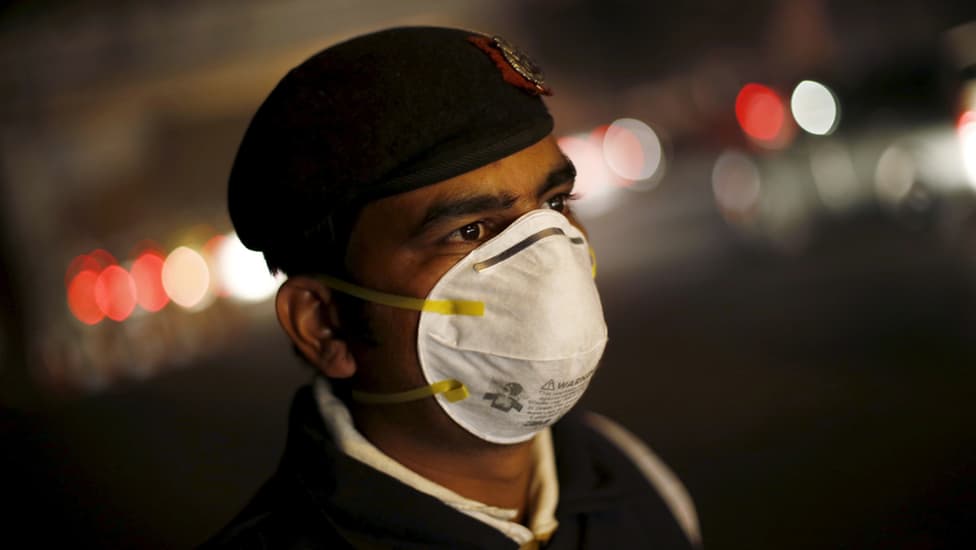Every third city that failed to meet national air quality standards in India – where most people die of air pollution than any other nation – was in two of the country’s biggest states, Maharashtra and Uttar Pradesh, in five years to 2015, according to government data.
With 17 of 94 cities, Maharashtra had the highest number of cities identified by the Central Pollution Control Board (CPCB) as failing to meet national air-quality standards over five years to 2015, according to this reply to the Lok Sabha (lower house of Parliament) by Mahesh Sharma, minister of state for environment, on 6 April, 2018.
Maharashtra was followed by Uttar Pradesh (15), Punjab (8) and Himachal Pradesh (7). Half of the 94 cities were in these four states.
In 2015, 2.5 million of 10.3 million deaths in India due to non-communicable diseases (NCDs) were linked to pollution, according to a global study, IndiaSpend reported on 3 January, 2018.
Rising air pollution in cities is increasing incidences of chronic obstructive pulmonary disease, cancer, diabetes and other pollution-related ailments, said the study, which noted that 27% of Indians died of causes related to air pollution, exceeding the proportion who died similarly in China.
Low and middle-income groups are the worst affected by pollution; 92% of deaths due to pollution occurred in that income group, IndiaSpend reported on 14 November, 2017.
Technically called “non-attainment cities”, the 94 cities were identified as part of the National Air Quality Monitoring Programme, under which 683 operating stations in 300 cities/towns across the country monitor sulphur dioxide, oxides of nitrogen, respirable suspended particulate matter (PM10) and fine particulate matter (PM2.5) for a day twice a week.
(This article was originally published in IndiaSpend and has been republished with permission.)
(At The Quint, we question everything. Play an active role in shaping our journalism by becoming a member today.)
